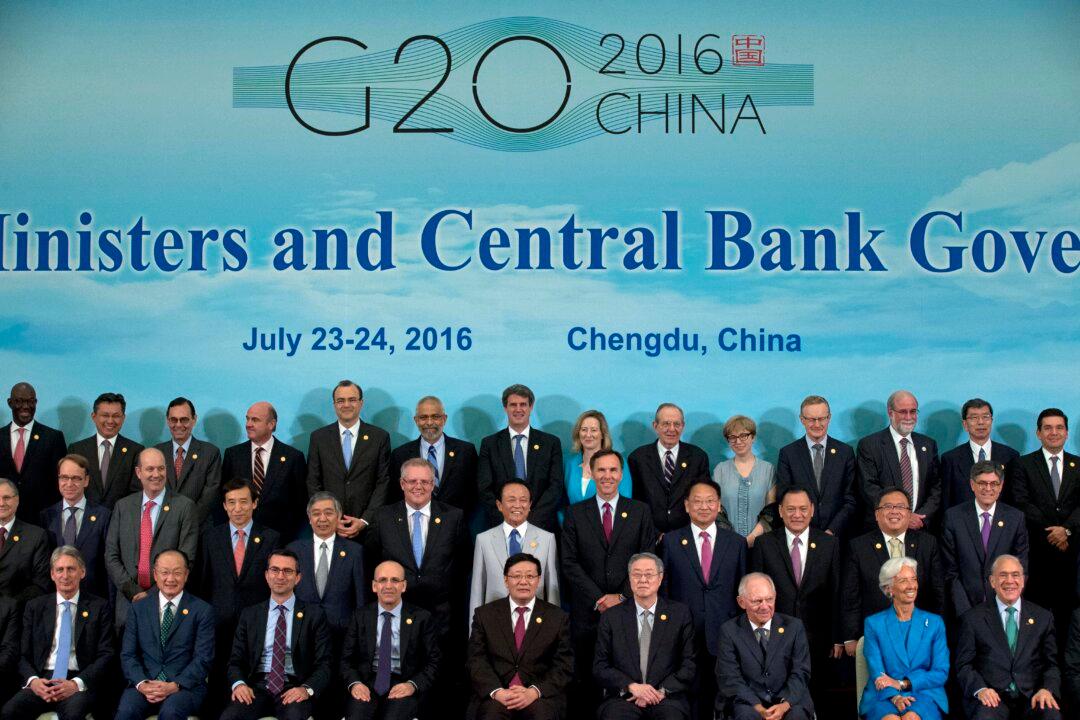Traders and investors hardly focus on company profits, yields, or economic data anymore. Instead, the market reacts purely on central banks. Will the Fed raise interest rates? Will the Bank of Japan (BoJ) buy more stocks? Will the European Central Bank (ECB) buy more corporate bonds?
“Nobody has visibility; private sector signals have died. The private sector has no idea what to do. The more aggressive the public sector becomes, the less visibility the private sector has. They don’t spend and invest the way they should,” says Macquarie strategist Viktor Shvets.
In fact, central banks have become so central they are destroying markets around the globe by buying up so many securities there are none left for private investors.
Take the BoJ for example. The central bank, an institution run by appointed bureaucrats, owned 60 percent of Japan’s market for Exchange Trade Funds (ETFs) at the end of June 2016. At that time, it was the largest shareholder in 81 of Japan’s biggest 225 companies, according to a Bloomberg report.






